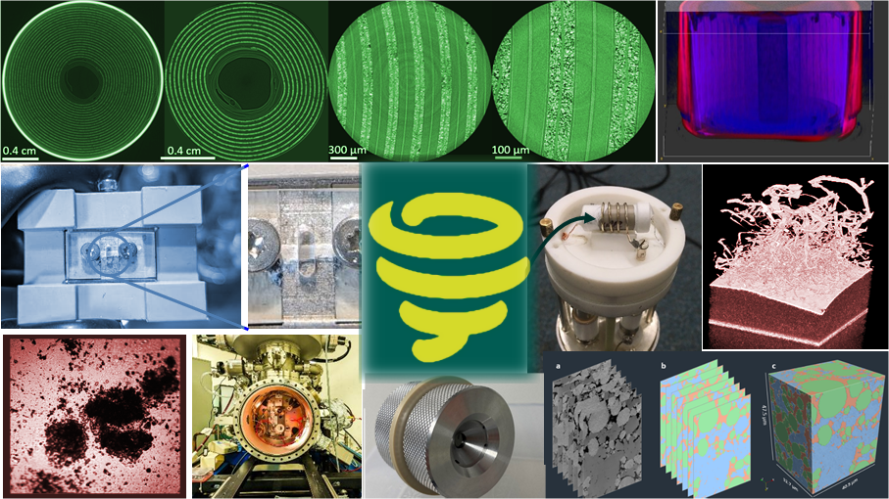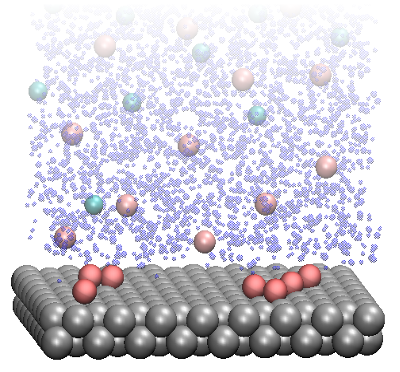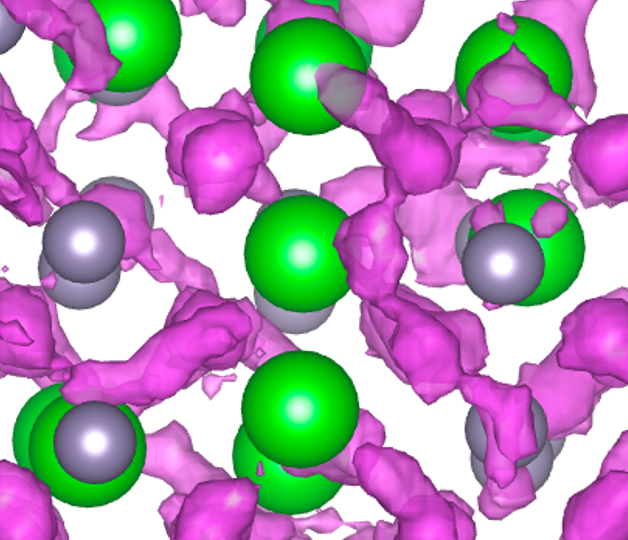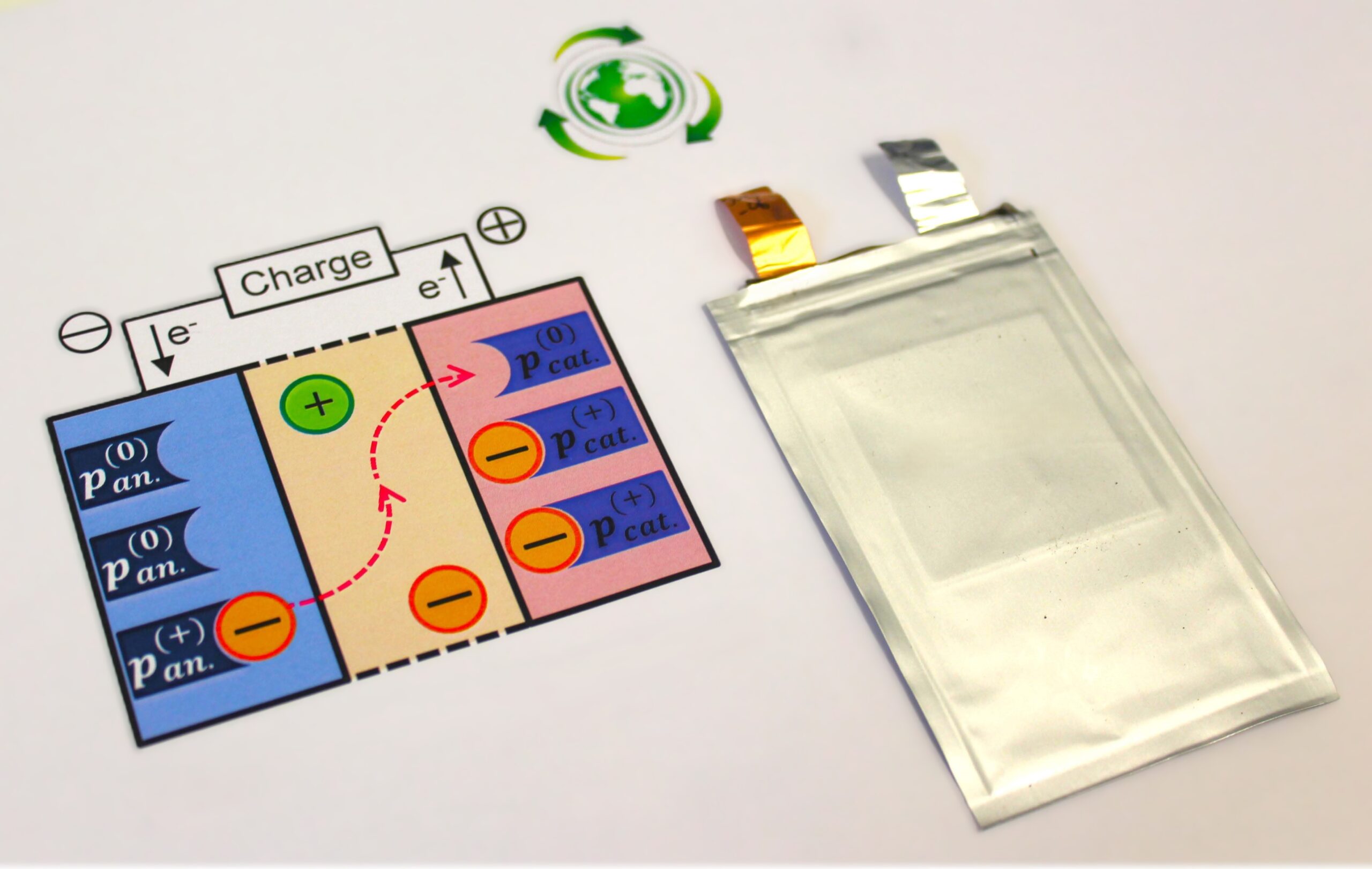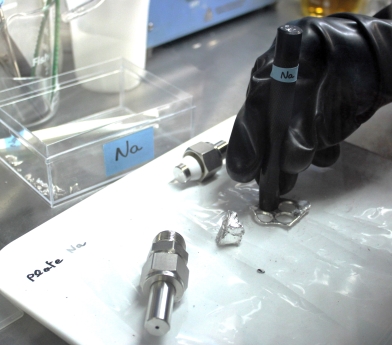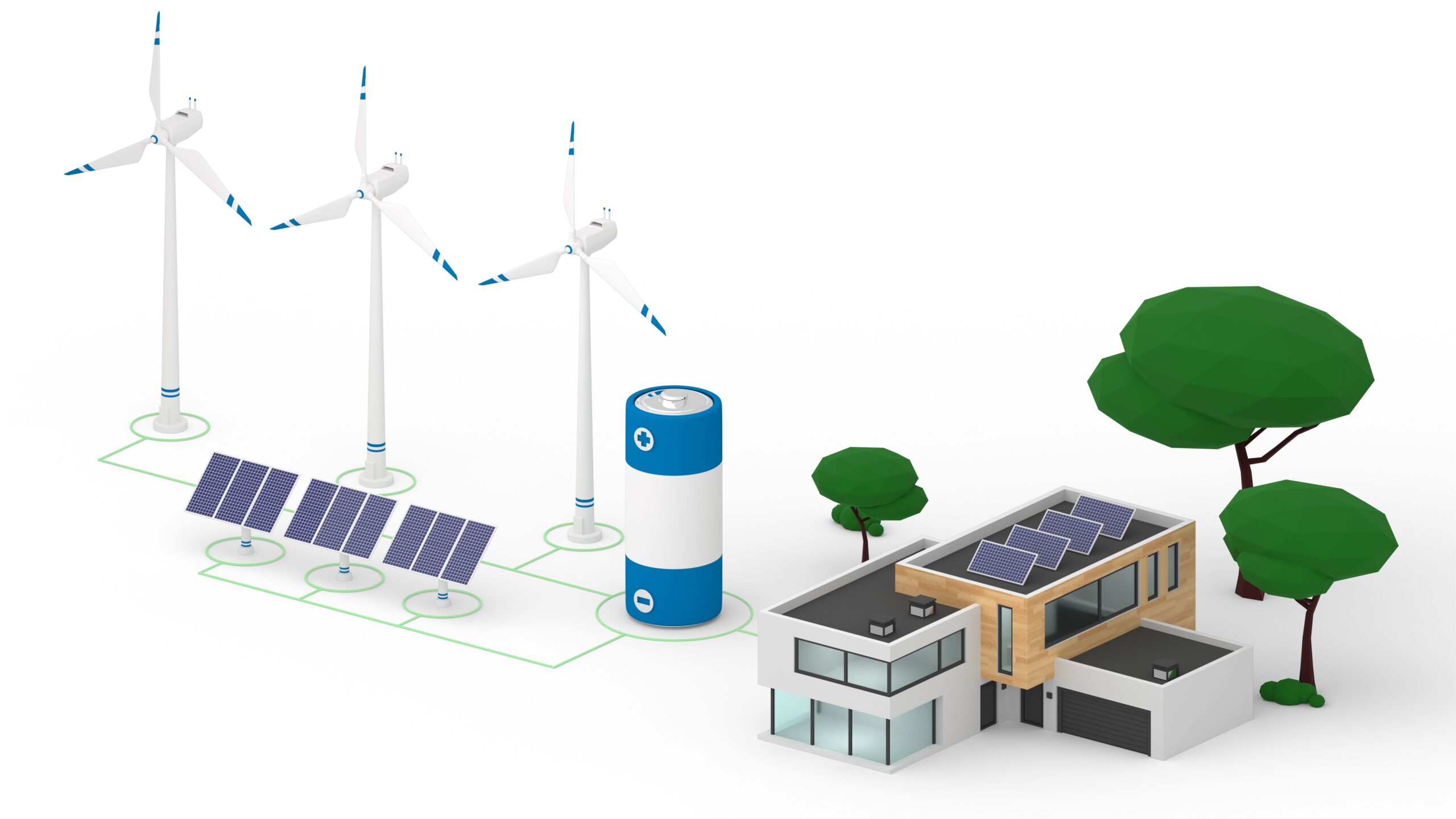
RADICAL
Radical approach to achieve very high stability in organic aqueous batteries
Overview
Development of a competitive and eco-friendly aqueous flow battery based on organic compounds
Mathieu Etienne (LCPME, Laboratory of Physical Chemistry and Microbiology for Materials and the Environment, CNRS, Nancy)
We are currently facing the challenge of designing stationary batteries for renewable energy storage that combine high energy and power density performance with long lifespan, while being economically competitive and having a low environmental impact. The RADICAL consortium brings together fundamental research and technological development to create an economical and sustainable aqueous redox flow battery with performance levels that are currently unavailable on the market. The project particularly combines modeling and experimentation to discover new electrolytes and more efficient electrodes.
Keywords
Redox flow battery, Electrolytes, Molecular dynamics, Nitroxide radicals, Mass transport, Charge transfer, Multi-scale analysis, Life cycle assessment
Actus en lien
Pas d’actualités
Tasks
Our research
Choice of molecules
The influence of functionalizing a series of nitroxides on their performance for redox flow batteries is systematically studied using computational tools (DFT), by calculating all relevant descriptors. A subset of approximately twenty of the most promising candidates is selected for which more advanced calculations are performed.
Synthesis of molecules and studies of their properties
A series of new molecules (15-20) is synthesized. Their basic electrochemical properties are systematically determined, and their reactivity in a complex electrolyte is assessed using advanced electrochemical techniques.
Life cycle assessment
An efficient and economically sustainable synthesis scheme for the selected candidates is developed.
Study of the stability of the compounds
The stability of the most promising molecules is evaluated. This assessment includes a theoretical approach, classical physicochemical characterizations (NMR, UV-Vis, LC/MS, etc.), as well as more advanced techniques (EPR), and comprehensive battery tests with carefully selected configurations.
Construction of a complete battery
System-level modeling is then used to optimize mass transport in these redox flow batteries, which use complex electrolytes where high concentrations can sometimes result in significant viscosities. With the best molecules developed in the project, a complete laboratory-scale battery is assembled to demonstrate the performance and viability of the formulated electrolytes.
The consortium
6 academic laboratories
The project enables the development of new chemistries for aqueous redox flow batteries. Degradation mechanisms are studied to control performance decline over time. The scientific outcomes of the project benefit organic Li batteries and power batteries that use organic molecules.
Life cycle assessments, conducted early in the project, enable informed choices for environmentally responsible systems.
Training of 4 PhD students and 5 postdoctoral researchers
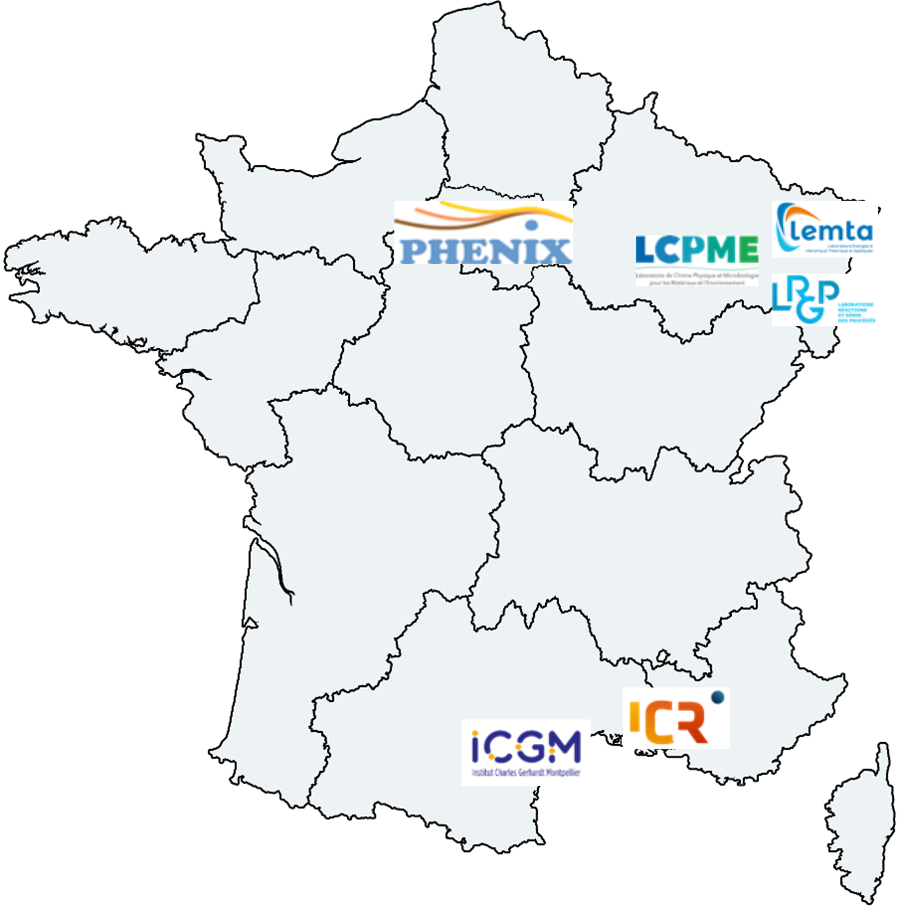
Les autres projets PEPR
